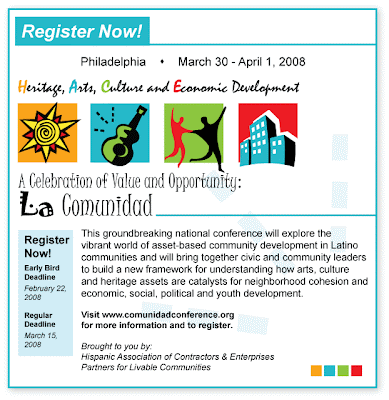 After 27 years in local government, Marty McCune's last day on the job was today. Marty, the City of Tucson's historic preservation officer, wrote to her friends and associates, "It has been a wonderful experience working with every one of you. My time with the City of Tucson has been very fulfilling in many ways. I got to work on significant projects and with wonderful people both inside and outside the City organization."
After 27 years in local government, Marty McCune's last day on the job was today. Marty, the City of Tucson's historic preservation officer, wrote to her friends and associates, "It has been a wonderful experience working with every one of you. My time with the City of Tucson has been very fulfilling in many ways. I got to work on significant projects and with wonderful people both inside and outside the City organization."Marty served on the Arizona Preservation Foundation board of directors for many years and, in recognition of her numerous achievements in historic preservation and urban planning, she received the Governor's Heritage Preservation Grand Prize Award in 2001. During the year she served as chair of the Arizona Statewide Historic Preservation Conference, four deserving projects in Tucson received recognition:
- Rio Nuevo Archaeology & History Public Outreach Program (Grand Prize)
- H. Kelley Rollings (Barrio Libre)
- University of Arizona's Herring Hall Rehabilitation Project
- Vista Del Rio Cultural Resources Park
In the picture above, Marty is joined by other Tucsonans in accepting the 2005 prize for Rio Nuevo: Doug Gann, Center for Desert Archaeology; Gwen Harvey, Arizona Historical Society; Kyle McCoy, Arizona Historical Society; Beth DeWitt, Arizona State Museum; Marty McCune, City of Tucson; William Doelle, Center for Desert Archaeology; Bob Walkup, Mayor of Tucson; and Alan Stephens, Governor Janet Napolitano's Chief of Staff.
Why is historic preservation important? In an October 2004 Arizona Daily Star interview, Marty related, "All you need to do is drive around the Armory Park, Barrio Historico, El Presidio, and West University neighborhoods and you'll see that the visual character remains. It's why people want to live and work there."
Marty and her spouse, Jerry Kyle, will consult "in all things historic" through their company, Skylark Consulting. She can be reached at 520-437-5355 and triplem8@cox.net.






















 Click here
Click here














